Insects & Rodents, how to show them the door...
Below is a list of some of the more common rodents and insects that invade homes, and some ideas on how to rid yourself of the offending guests. We would certainly advocate for the most humane and non-toxic solutions first, but we have included other options if the highest of high roads doesn’t work.
We would also be pleased to hear about your own success stories in the comments section at the bottom if you have a pest removal suggestion that isn’t listed here. Dealing with some invasions can pose a health and safety risk, and while we have included some ideas on how to deal with the more challenging of wild visitors, do so at your own risk. In most of these cases our recommendation would still be for safety first, and to enlist professional pest removal experts.
How to get rid of mice:
Beyond just being irritating, mice can damage your house by chewing their way through it, and they are considered a health hazard as they can carry disease. Traps are obviously effective, but if a population is well-established, you may find you are not correcting the problem unless you take major steps in eradication; sealing openings and eliminating their food source by being extra diligent with house cleaning and safe storage of food.
Depending on what your conscience allows there are a few options: poison works, but that is also dangerous to humans so it needs to be placed in a very safe location, where it is inaccessible to children or pets. Poison should never be used outside the house to avoid killing other wildlife, your pets or the pets of your neighbours. Also bear in mind that if a poisoned mice, rat or squirrel wanders off into a hidden corner of the house to quietly die once poisoned, they also tend to stink the place out as they slowly decompose... so what started as a mouse problem ends up assaulting your nostrils, and attracting flies.
Snap-traps will usually offer a pretty quick demise but not always, and any trap will only be effective if it is in the right location and properly baited. Live traps work well if you prefer to catch and release (far from your home). The live traps that are available commercially are usually a small box with a triggered door that can hold one mouse. Getting the mouse out can sometimes be challenging, especially for the squeamish.
My favourite is a homemade trap that can hold as many mice as are duped into using it – put a stiff wire or stick through something like a tin can or a pop can, lay it across the top of a bucket, notched so the wire or pole stays in place, or you can drill a small hole in the side of the bucket and slip the pole inside. Smear some peanut butter or other bait on it and lay a ramp up to the bucket edge. The mouse will jump to the bait and the can will roll, leaving you with one hungry mouse (or perhaps many) in the bottom of a bucket. For humane reasons, check this or any other live traps regularly.
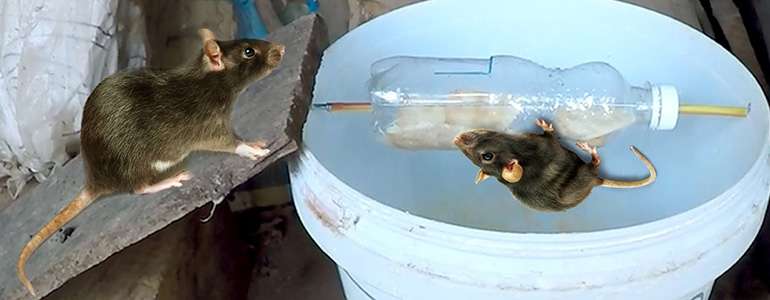
Getting mice out of your house is one thing; keeping them out is another. They can get through very small holes, so do a meticulous inspection of your house, particularly at major junctions such as between the foundation and siding, soffits and roofs, and even around windows.
Mice can be put off by certain strong smells, so if you can find what appears to be an entrance point but aren’t sure you can successfully block it, you could try to dissuade them with a strong scent. Peppermint oil is said to work, also ammonia, and even mothballs. Be mindful of the toxicity of whatever you use and where you use it so as to not harm humans or other non-offending animals. To block holes in a permanent manner that mice, rats, squirrels and other gnawing rodents detest, stuff holes with steel wool before caulking or foaming up. Rodents will not gnaw through this, its sharp, unpleasant and tastes aweful.
Removing squirrels from attics:
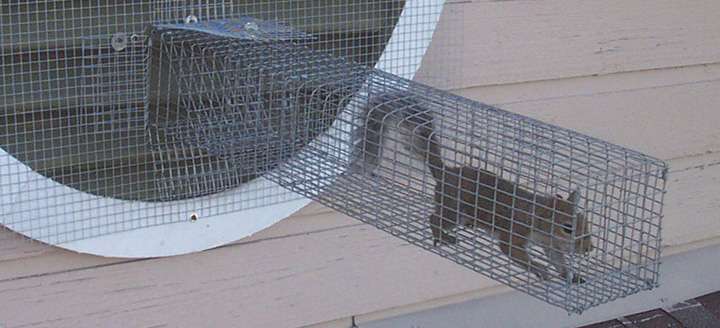
Beyond the irritation of scratching and thumping noises like a tiny herd of elephants roaming across your ceiling as you are trying to go to sleep, rodents can chew and damage house frames, wiring and insulation. Removing them is not limited to adding poisons to your home to kill any invading rodents; either you or a professional can do a close inspection of the perimeter of your house to find where they are getting in and block the openings. If there are obvious entry points, you can have a one-way door installed by professionals so they can get out but not back in. Live traps are available to purchase and even rent in some locations.
Getting bats out of attics:
Bats are awesome, lets just start there. They eat flying insects, lots of them, and are an invaluable part of the ecosystem. If you get a bat flying through your house it may just be a one-off, so getting them out alive would be a nice thing to do if you can swing it. If it happens more than once it may be living there, possibly with others. However many you have, try to find the entry and close that opening if you don’t want more.
To get a bat out, first try opening doors and windows, as they can sense the air movement and may use that to escape. If that doesn’t work, try to contain them to at least one room if possible. If it’s flying or stationary, you may be able to catch it with a fishing net; if it’s stationary and you don’t have a net you could try containing and catching it with a bed sheet.
Bats are not aggressive, but they have sharp teeth and they will defend themselves when threatened, so we wouldn’t recommend trying to catch them. If you are courageous enough and determined to try, remember that they can carry disease, so use thick gloves. However it plays out for you, if you do have contact with a bat and particularly if you’re bitten, you may want to check with a doctor as a precaution as they can and do carry rabies in North America - with a recent unfortunate case in Vancouver. Better safe than sorry.
Preventing termite infestations:
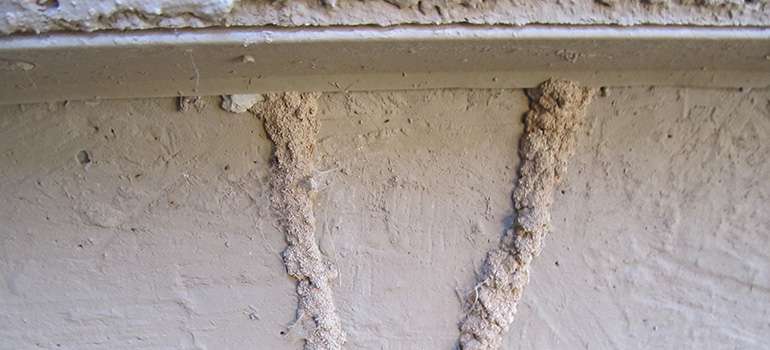
Termites are increasingly becoming a problem in warmer regions of the USA & Canada as they are able to survive further north as the climate warms. They now thrive in areas such as southern Ontario, coastal regions and the Okanagan Valley in British Columbia. Termites create small tunnels of mud to survive cold temperatures and avoid light, so homeowners in high risk areas should keep an eye peeled for wet or dry lines of mud in basements, garages and around the exterior of the house.
Wet wood makes for an easier meal for termites, so repairing any leaks and moisture damage will help with prevention, as well as well as keeping wood a safe distance from the ground to avoid saturation with moisture (at least 8 inches or more).
For house durability reasons along with insect prevention, direct storm water away from your house, watch for plumbing leaks and keep humidity levels low in basements, crawlspaces and attics. The solutions at the disposal of homeowners to deal with termites are really limited to prevention; if you have an established colony, there is really no option beyond hiring a professional exterminator.
If you live in a termite prone region and are planning a renovation that includes exterior insulation, people seem to have better luck with choosing mineral wool/rockwool insulation such as ROCKWOOL rather than choosing rigid foam insulation. There is no conclusive documentation we have found to support this, but the theory we have read is that the stone fibers cut the termite’s exoskeletons, whereas foam provides the perfect environment for them to create tunnels.
One proven prevention for termites is to ensure there is no old rotting timber near the house, and keep plants and shrubs cut back from the walls, clear ivy and creepers, and keep a clear strip along the bottom of walls that you can inspect every few months looking for their telltale mud tunnels.
Preventing carpenter ants:
Carpenter ants are by themselves a problem, but just like with termites, they are also an indication of a bigger problem as they like to eat wet wood. If you have carpenter ants then you may have rainwater or plumbing leaks, or their arrival could be caused by air leakage. Warm air escaping from your house in winter will condense at those openings as it cools and leave moisture that will saturate wood. So, unless you’ve eliminated the food source after extermination, they will just return. It’s important to first find and fix the problem.
Removing carpenter and other common ants:
There are mixed reports of the effectiveness of different poisons that you can make or purchase; different people swear by different solutions. A popular homemade poison you can try is 2/3rds of a cup of boric acid mixed with a 1/3rd cup of white sugar. I’ve not tried that one so I can’t report on it; personally I’ve had better luck with the liquid poison. Some people use the puck-shaped poison capsules where the ants go for a take-away snack and seem to have had success. I have tried those but they seemed to act more as a growth hormone rather than a poison. But they aren’t expensive, so keep trying until you find one that works.
Finding and sealing their entry point is worth an effort, but not a huge effort as it may be only one of many entry points, and if they enjoy the leftovers you leave out for them they will likely find a new way in. Care in cleaning up crumbs and any other food source helps in prevention of many ants, as well as other insects and rodents.
Unfortunately finding and destroying carpenter nests is not an easy task; they may be far from your home so good luck tracking them across your lawn and into the woods. If DIY solutions don’t work you may be left calling an exterminator.
How to get rid of fruit flies:
Getting rid of rotting fruit will certainly slow fruit fly population growth, but once you have them they will often find enough tasty stuff to keep a base population alive. A fruit fly trap is, thankfully, a very easy contraption to make. Put a few pieces of rotting fruit in the bottom of a mason jar (I’ve had the best luck with peaches and lemons), cover it with a piece of plastic held down by an elastic, and poke a few holes in the top. They will be able to find their way in but not find their way out.
This is the ‘best’ unwanted home invasion to have in my book, as there is nothing you need to go buy and no poisons to introduce to your home. You can see how well your trap is doing, and if you’re a Buddhist, you can catch and release. No harm, no foul.
The trap needs to be changed somewhat regularly so it doesn’t get moldy, and left too long it will turn into an incubator for new larvae.
A common way fruit flies can be introduced into your home is as eggs on bananas. Most people don't keep bananas in the fridge, but if you leave them there for a few hours when you first bring them home, the cold should kill the eggs.
How to remove wasps and bees:
We don’t advocate for the mass slaughter of any insects - especially pollinators, but sometimes they are in high traffic areas and need to be removed for your safety. Stinging insects can easily nest in areas that are very hard for you to access, like behind siding if there are openings. Take the time to learn how to install it properly if you’re doing it new, and it’s a good idea block any openings (particularly at the bottom where it many not be well sealed) with strips of screen.
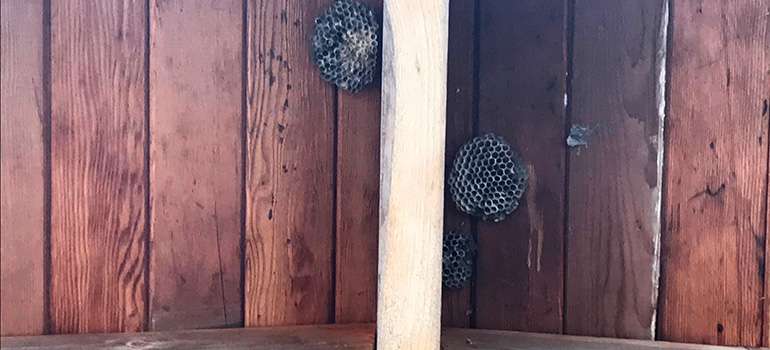
Some people are dangerously allergic and know to steer clear, others may be susceptible but have yet to experience either a single or multiple sting so they may be at a greater risk than they know. There are poison sprays with a long range that will kill a wasp nest, but the potential safety risks are too great for us to recommend this, so consider hiring a professional. If you do decide to take it on yourself, first make sure you are well-protected with a bee net over your head and sealed clothing – socks tucked in and sleeves taped to gloves. Be sure to do it at night when they are inside and dormant. Lastly, be ready to move quick after giving it a shot.
The nest in the porch rafters in the image above is no longer active, but leaving an old nest if it isn't too visually unappealing can dissuade others from setting up in that location.
How to remove birds from your home:
This is not a common one, but treat it the same as a bat. Isolate it to one room if possible, and closing in on it when it is stationary with a bedsheet or large net may work. A common entry point is woodstoves in the spring when they are nesting. They will often explore a chimney, then fall in and not be able to get out.
You can either go straight to calling a professional, but a DIY solution can be to cover the entrance well with a sheet and go in with gloved hands and try to gently grab it. It may at that point be covered in ash; if so, you could contact a local wildlife rescue center to see if they can help. Certainly keep woodstove doors closed when not in use so that they don’t end up in your house.
Stopping raccoons in your garbage:
If you have meat discards, keep them in the freezer if you have room until garbage day. Locking down a garbage bin one way or another obviously tops the list, but of course you need to be diligent, and if you forget at some point, you may have a mess on your hands. Laying down Cayenne pepper will sometimes dissuade them as it gets on the paws and then all their food tastes spicy, it also sure makes the little guys sneeze.
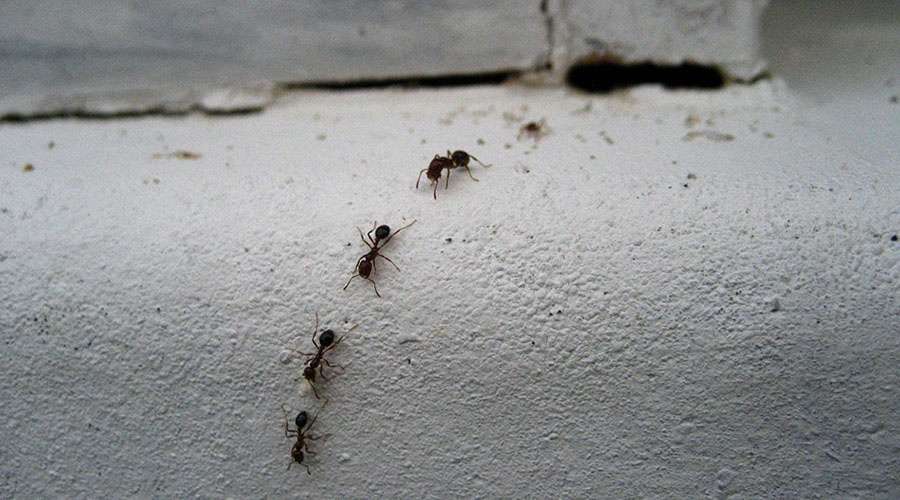














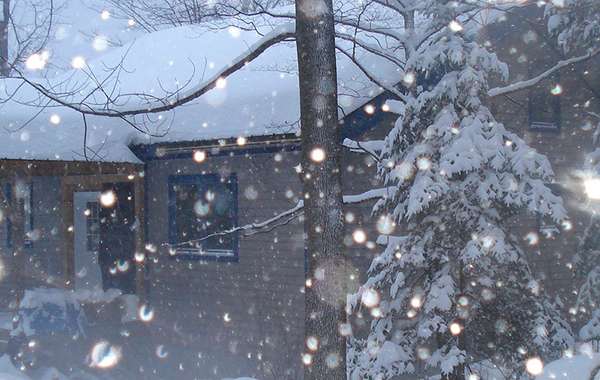

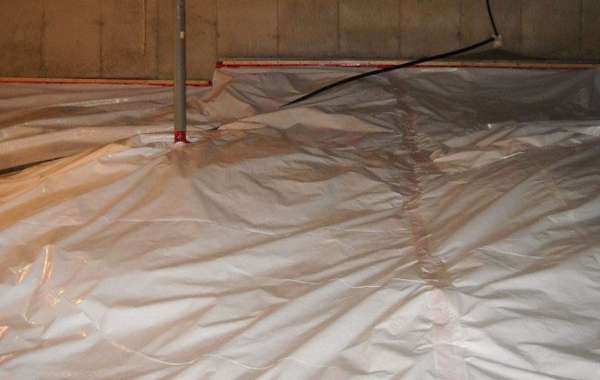


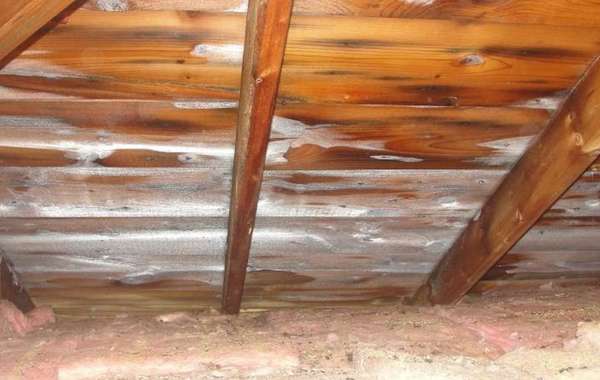


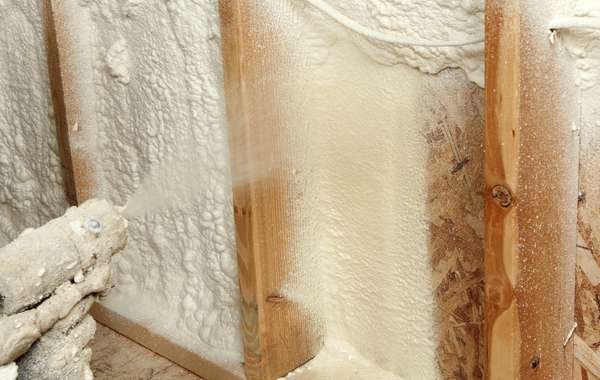
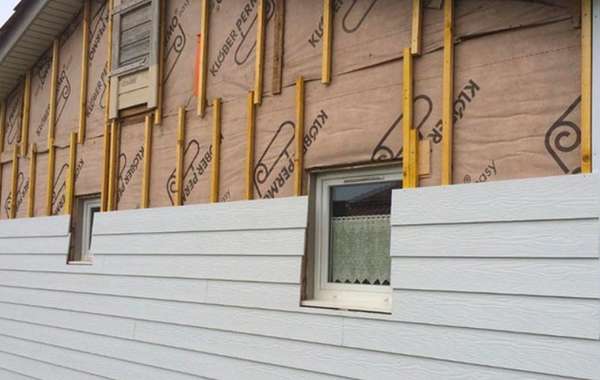
Is this aimed at the folks who used foam? Ive read some pest control services even canceling warranties if the home has spray foam.